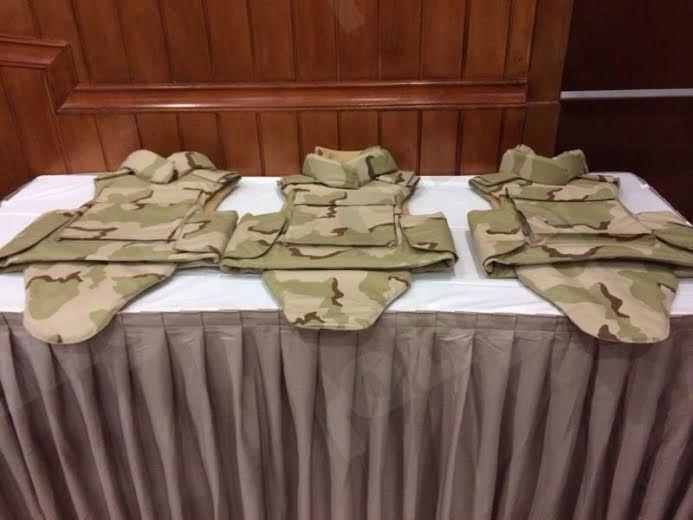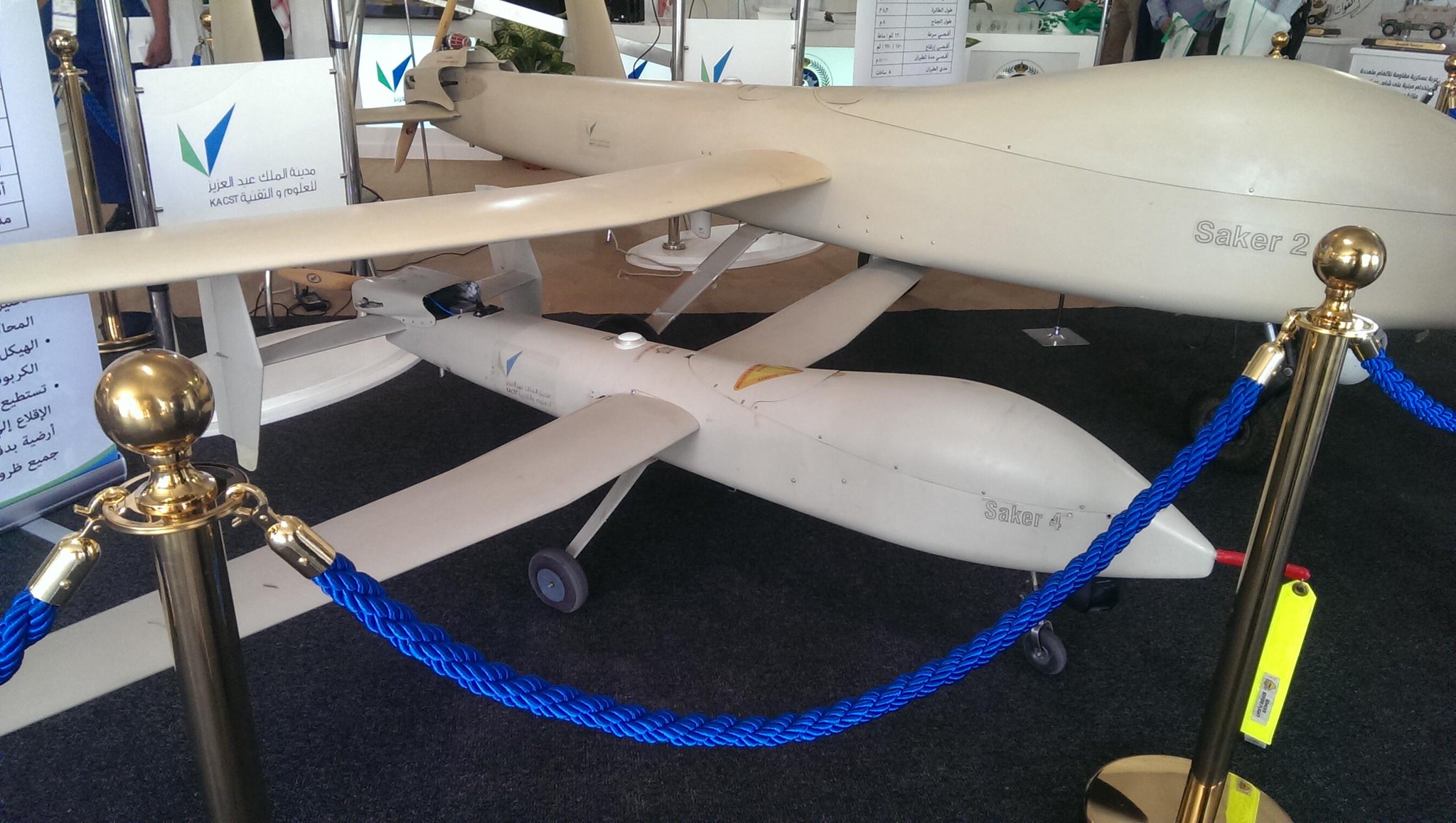رد: الصناعات الحربية والامنية السعودية

ورش التصنيع المحلي والهندسة العكسية
بقاعدة صيانة الاسناد الفني
تصنيع قطع الغيار


بعض قطع الغيار المصنعه بالقاعدة


ورش التصنيع المحلي والهندسة العكسية
بقاعدة صيانة الاسناد الفني
تصنيع قطع الغيار


بعض قطع الغيار المصنعه بالقاعدة


























































تعليق